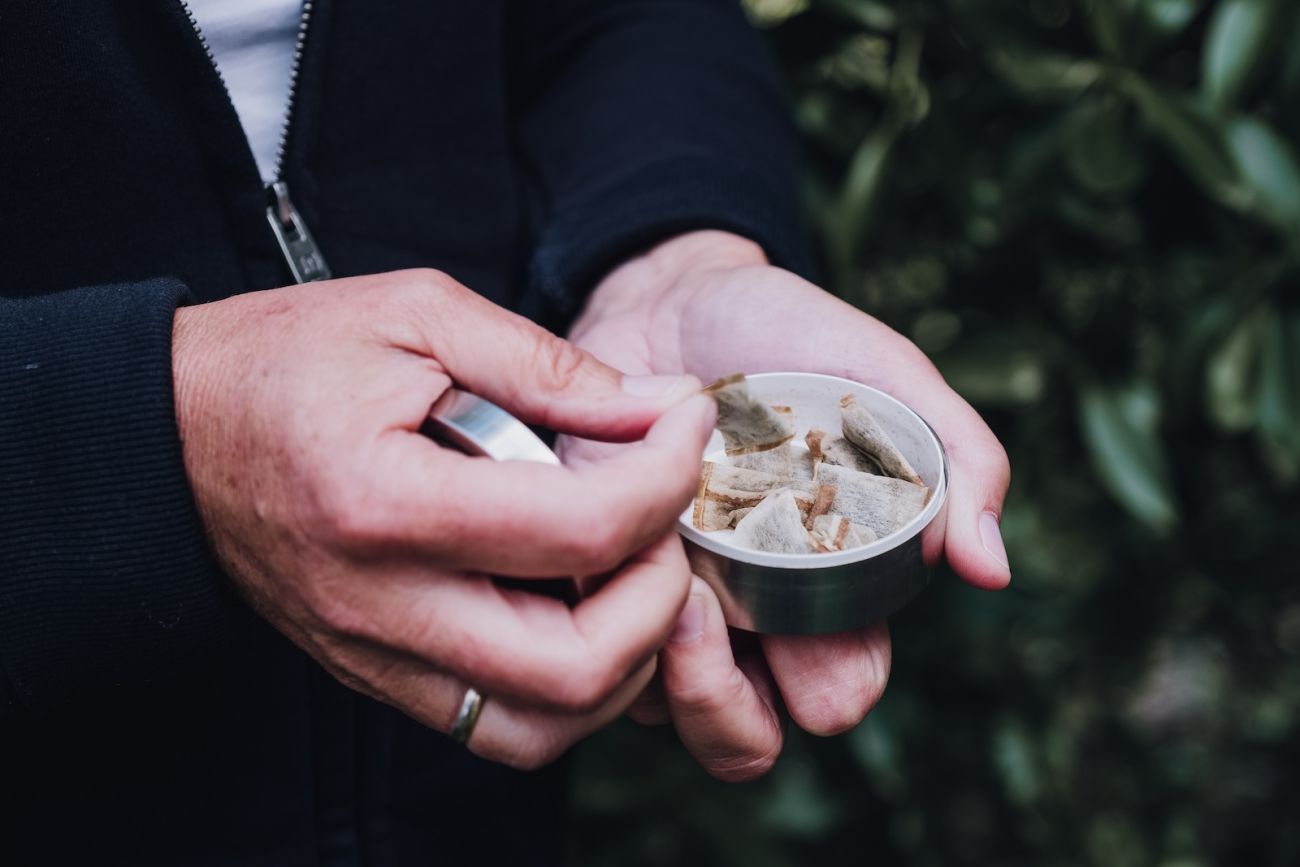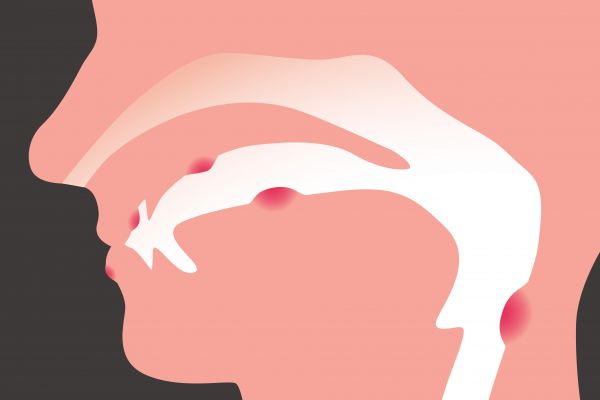Many people believe chewing tobacco or using other forms of smokeless tobacco is better than smoking it. However, it’s a big risk for developing oral cavity cancer and other forms of cancer.
Using smokeless tobacco is a common practice in many communities. But while not linked to lung cancer like smoking cigars or cigarettes, using chewing tobacco and other forms of smokeless tobacco products puts users at an increased risk for head, neck and mouth cancers, as well as esophageal, pancreatic and skin cancer.
“Chewing tobacco and other smokeless tobacco forms carry significant amounts of tobacco, nicotine and other cancer-causing additives. These are repeatedly placed in the same area of the mouth, which increases the risk of changing its inner lining,” explains Kimberly Wooten, MD, a Head & Neck surgeon at Roswell Park Comprehensive Cancer Center.
“The juice is typically kept either in the space between their lower lip and gums, or their cheeks, the way chipmunks or squirrels carry nuts. The close and prolonged contact of the tobacco with the mouth’s inner lining, or mucosa, allows the carcinogens to be absorbed. This absorption leads to changes in the mucosa at those locations, as in other areas of the mouth as well, that can later become cancer,” she says.
Squamous cell carcinoma is the second most common form of skin cancer and can appear almost anywhere in the head and neck area. People who chew or dip tobacco are especially at risk for squamous cell carcinoma inside their mouths because squamous cells make up the mucosa layer (the outermost lining) of tissue on the inside of the mouth, including the lips and cheeks. This means that when using chewing tobacco, the skin's squamous cells are in direct contact with the tobacco and the various carcinogenic additives.
In addition to chewing tobacco, smokeless tobacco use includes:
- Dipping - moist snuff placed between the lip and gum and sucked in.
- Dry snuff - finely cut or powdered tobacco that is sniffed.
- Dissolvable tobacco - a finely ground form that melts in the mouth.
- Pouches - shredded tobacco in mini pouches.
Spot the warning signs
Squamous cell carcinoma typically starts as something that seems harmless, like a little white or red bump in the mouth you might expect to go away after a few days.
“What I generally recommend is that when a lesion or sore in the mouth doesn’t go away in about two weeks, it needs to be further evaluated," Dr. Wooten says. "Usually, there is cause for the lesion, for instance, chronic irritation from tobacco, a jagged tooth or grinding of the teeth, which can lead to temporary red or white patches in the mouth."
However, if those issues are addressed by tobacco cessation, tooth removal/filing or a mouth guard, and the lesion remains after a few weeks, it’s time to take another look, she adds. “See your dentist, oral surgeon or a head and neck specialist. Generally, a biopsy should be performed to rule out cancer.” Another cancer risk associated with the use of smokeless tobacco is the development of oral submucous fibrosis, a condition in which tissue in the jaw becomes inflamed and stiff, preventing a person from being able to open their mouth fully.
“A long-standing lesion in the mouth can lead to chronic scarring called fibrosis. This usually appears as a thickened area in the mouth that leads to difficulty opening the mouth because the stiff tissue prevents stretching,” explains Dr. Wooten. “When this happens, it is considered to be pre-cancerous, and the lesion can eventually develop into cancer. These lesions are referred to as oral submucosal fibrosis and need to be surveilled carefully by either a dentist or physician.”
Stopping tobacco use is the best way to prevent oral cancer
If you use chewing tobacco or another form of smokeless tobacco, the best thing you can do to limit your risk of oral cavity cancer is to stop immediately and stay vigilant about changes in your mouth, because early detection is key for treating squamous cell carcinoma.
"Early identification and diagnosis are very important. Early-stage cancer generally remains localized, without spread to the lymph nodes or other organs, and has the best prognosis,” Dr. Wooten says.
“If the disease is identified at later stages, survival is pointedly reduced. The take-home point is if you notice something that is abnormal in your mouth, see your doctor or dentist.”
Getting a second opinion at Roswell Park
A second opinion is the best way to ensure that your diagnosis is accurate, that the recommended treatment strategy is right for you and that you have the right team around you.




